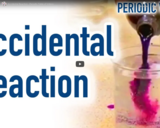
Attempting a demonstration with hydrogen peroxide, The Professor stumbles over an alternative!
- Subject:
- Chemistry
- Physical Science
- Material Type:
- Lesson
- Date Added:
- 10/31/2013

Attempting a demonstration with hydrogen peroxide, The Professor stumbles over an alternative!

Paul Andersen explains how acid-base chemistry can be understood in terms of equilibrium. Water is present in all acid-base chemistry and is amphoteric in nature. The Ka and Kb values can be used to determine the strength of an acid or a base. Titrations can be used to student neutralization reactions between strong and weak acids and bases.

The video resource "Acid-Base Reactions in Solution: Crash Course Chemistry #8" is included in the "Chemistry" course from the resources series of "Crash Course". Crash Course is a educational video series from John and Hank Green.
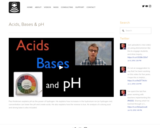
Paul Andersen explains pH as the power of hydrogen. He explains how increases in the hydronium ion (or hydrogen ion) concentration can lower the pH and create acids. He also explains how the reverse is true. An analysis of a strong acid and strong base is also included.
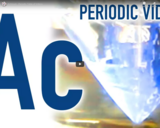
Actinium is element number 89, and first of the actinide series. This video is one of the 118 clips included in the periodic table of elements themed collection created by Brady Haran and the University of Nottingham in the UK.
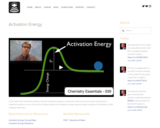
In this video Paul Andersen explains how the activation energy is a measure of the amount of energy required for a chemical reaction to occur. Due to the collision theory the activation energy requires proper energy and orientation of the colliding molecules.
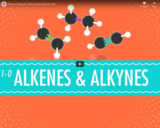
The video resource "Alkenes & Alkynes - Crash Course Chemistry #41" is included in the "Chemistry" course from the resources series of "Crash Course". Crash Course is a educational video series from John and Hank Green.

Aluminium is element 13 on the periodic table. This video is one of the 118 clips included in the periodic table of elements themed collection created by Brady Haran and the University of Nottingham in the UK.

Americium is element number 95. This video is one of the 118 clips included in the periodic table of elements themed collection created by Brady Haran and the University of Nottingham in the UK.

Antimony is element number 51 and its chemical symbol is Sb. This video is one of the 118 clips included in the periodic table of elements themed collection created by Brady Haran and the University of Nottingham in the UK.

Aqua Regia is a special combination of two acids which can dissolve gold.
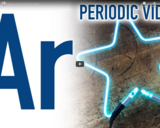
Argon, an inert noble gas, is element number 18. This video is one of the 118 clips included in the periodic table of elements themed collection created by Brady Haran and the University of Nottingham in the UK.
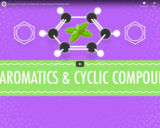
The video resource "Aromatics and Cyclic Compounds - Crash Course Chemistry #42" is included in the "Chemistry" course from the resources series of "Crash Course". Crash Course is a educational video series from John and Hank Green.
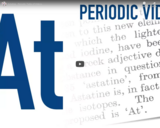
Because of its radioactivity and short half life, Astatine is an element few chemists come into contact with. This video is one of the 118 clips included in the periodic table of elements themed collection created by Brady Haran and the University of Nottingham in the UK.
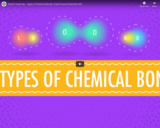
The video resource "Atomic Hook-Ups - Types of Chemical Bonds: Crash Course Chemistry #22" is included in the "Chemistry" course from the resources series of "Crash Course". Crash Course is a educational video series from John and Hank Green.

In this video Paul Andersen explains how the atomic model has changed over time. A model is simply a theoretical construct of phenomenon and so when we receive new data we may have to refine our model. Ionization energy data resulted in the formation of a quantum model that more accurately reflected the atom.
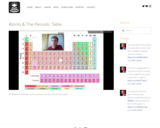
Mr. Andersen describes atomic structure and tours the periodic table.

Mr. Andersen explains the basics of balancing chemical equations. A visual guide shows you how to change coefficients to balance the atoms in reactants and products.

We've added some new footage to our video about beryllium, filmed at the MAX-lab synchrotron in Sweden. This video is one of the 118 clips included in the periodic table of elements themed collection created by Brady Haran and the University of Nottingham in the UK.

In this video Paul Andersen explains how the structure of a biomolecule fits the function of the biomolecule. For example and enzyme must interact correctly with a substrate to lower the activation energy, The covalent and non-covalent interactions are both important in shaping large molecules.